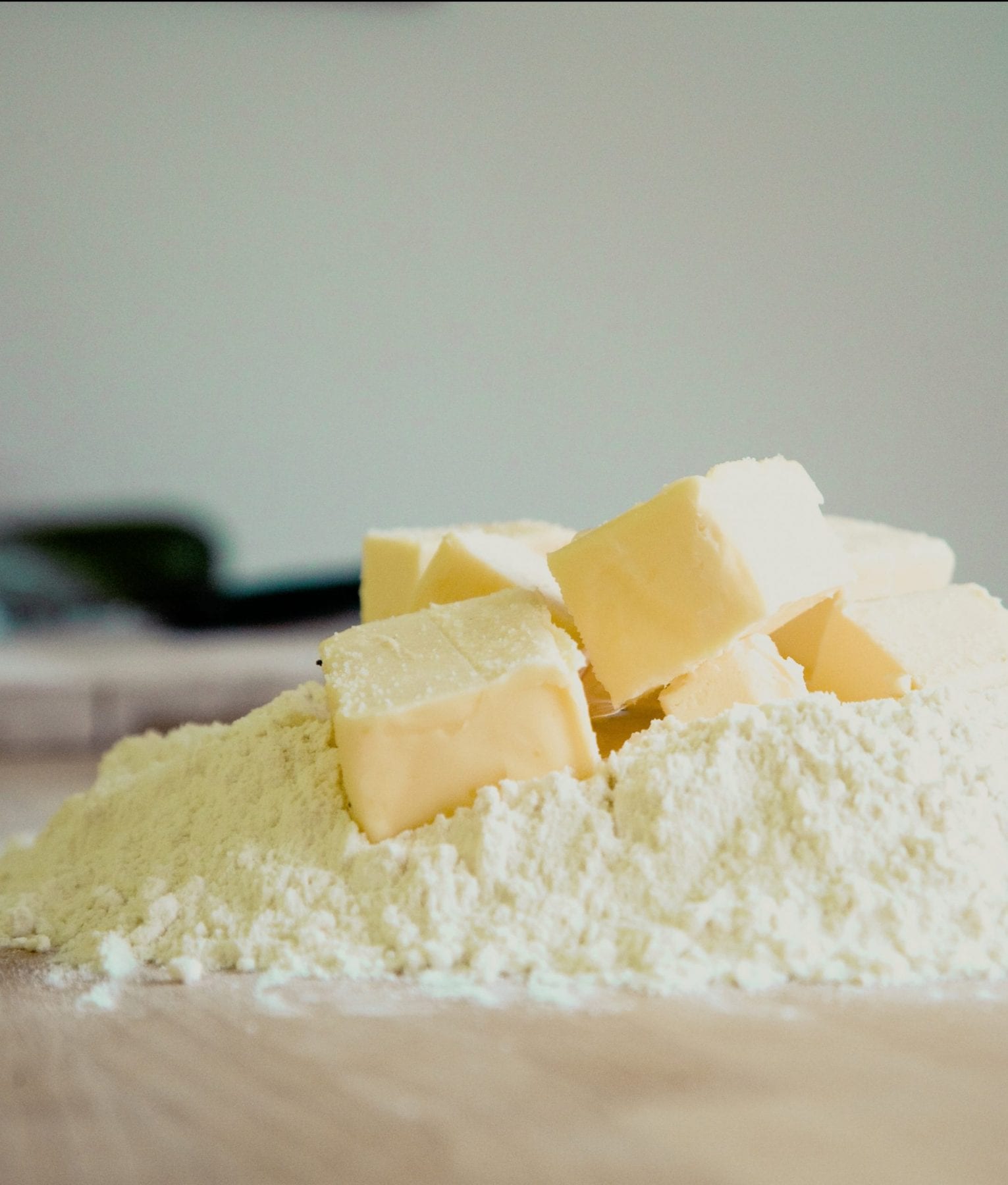Yesterday marked the start of Real Bread Week and today it’s the turn of Cornish Pasty Week.
Ok, so we’re a long way from the West Country here but who doesn’t love a pasty, but did you know:
No meat other than beef can be used and no vegetables other than sliced or diced potato, swede (turnip), onion and salt and pepper should be used in the filling.
There must be at least 12.5% beef and 25% vegetables in the whole pasty. All the ingredients must be uncooked when the pasty is assembled and then slowly baked to develop all that famous Cornish pasty taste and succulence.
Pasties traditionally went down the mines, across fields and out to sea, so they had to be able to withstand rough treatment. Once created, the edges should be sealed by crimping – if it’s not crimped it’s not Cornish.
Most importantly it can only be called a Cornish pasty if it’s produced west of the Tamar, in Cornwall.
The Oxford English Dictionary indicates that the pasty was identified in around 1300 and at that time was enjoyed by the rich upper classes and royalty.
In the 1700s it became a staple of poorer working families in Cornwall and in the 1800s came into its own as an important art of the lives of many Cornish families.
The week, which runs until 29th February, will be celebrated with a competition to find the world’s finest crimper and the world pasty championships at the Eden Project. All are welcome to join in the fun, taste one or two and have a go yourself.
The 2020 World Pasty Championships take place on Saturday, 29th February.
Have a go yourself with the ultimate pasty recipe from the Cornish Pasty Association:
FOR SHORTCRUST PASTRY
(rough puff can also be used):
• 500 g strong bread flour (it is important to use a stronger flour than normal as you need the extra strength in the gluten to produce strong pliable pastry)
• 120 g lard or white shortening
• 125 g Cornish butter
• 1 tsp salt
• 175 ml cold water
FOR THE FILLING
• 400 g good quality beef skirt, cut into cubes
• 300 g potato, peeled and diced
• 150 g swede/turnip*, peeled and diced
• 150 g onion, peeled and sliced
• Salt & pepper to taste (2:1 ratio)
• Beaten egg or milk to glaze
*The vegetable to use is the yellow-fleshed swede, not a white turnip. This is known commonly in Cornwall as the turnip. It’s also known as the yellow turnip/Swedish turnip in some places and in North America it is called rutabaga.

METHOD
Add the salt to the flour in a large mixing bowl.
Rub the two types of fat lightly into flour until it resembles breadcrumbs.
Add water, bring the mixture together and knead until the pastry becomes elastic. This will take longer than normal pastry but it gives the pastry the strength that is needed to hold the filling and retain a good shape. This can also be done in a food mixer.
Cover with cling film and leave to rest for 3 hours in the fridge. This is a very important stage as it is almost impossible to roll and shape the pastry when fresh.
Roll out the pastry and cut into circles approx. 20cm diameter. A side plate is an ideal size to use as a guide.
Layer the vegetables and meat on top of the pastry, adding plenty of seasoning.
Bring the pastry around and crimp the edges together (see our guide to crimping).
Glaze with beaten egg or an egg and milk mixture.
Bake at 165 degrees C (fan oven) for about 50 – 55 minutes until golden.







